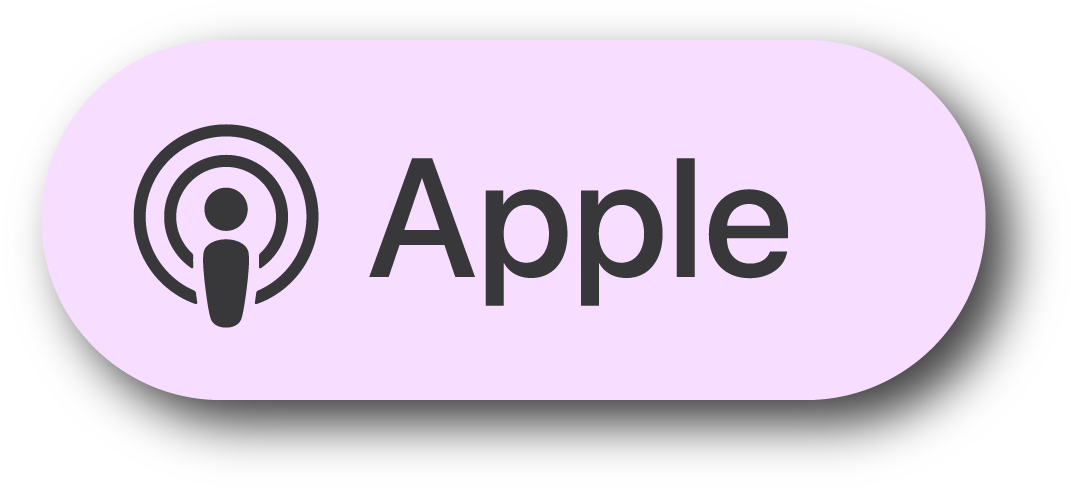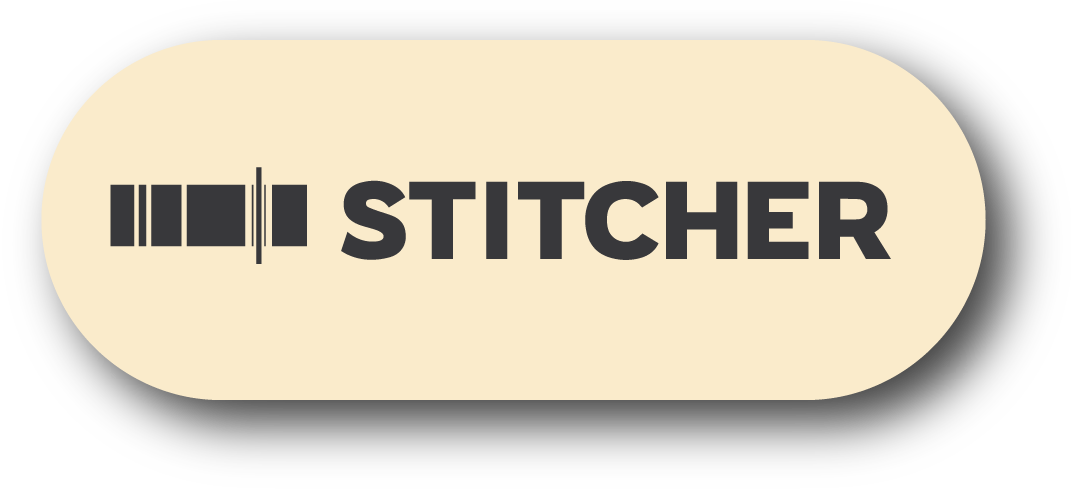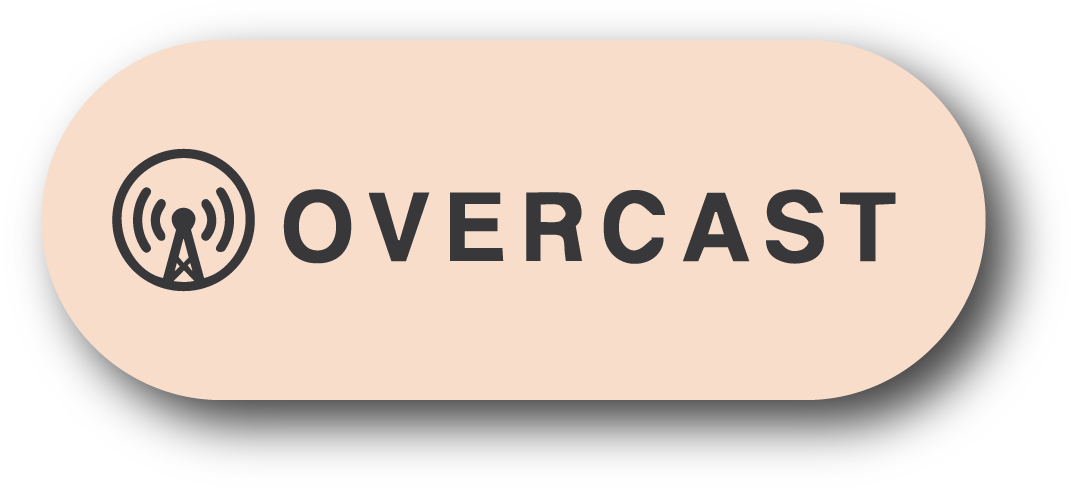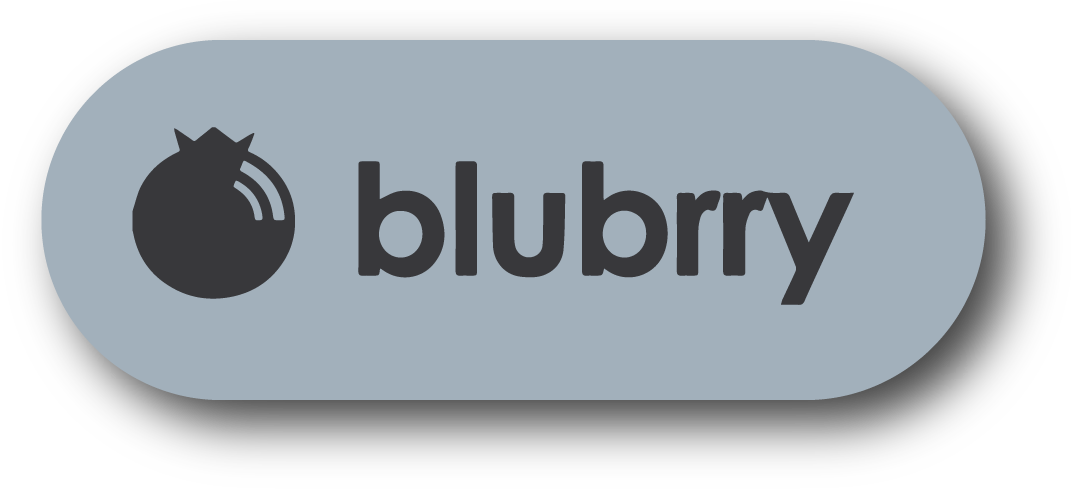#446 - ZACH FORREST, Executive Vice President of Goodman Gable Gould
SUMMARY
This week David and Marina of FAME Architecture & Design are joined by Zach Forrest, Executive Vice President of Goodman Gable Gould Adjusters International. The three discussed the roles of a public adjuster; why hire a public adjuster; process of engaging a public adjuster; documenting lost estimates; insurance claim timeline; insurance claims discrepancy; insurance coverage; relocating & insurance claim; common insurance payout practice; client advice for working with public adjuster; and more. Enjoy!
ABOUT ZACH
Zach Forrest, Executive Vice President, has spent his entire business career assisting policyholders as a licensed public adjuster. Zach has been extensively involved with all aspects of real and personal property & time element losses on commercial and residential claims. Mr. Forrest, who is licensed to adjust claims in nineteen states and the District of Columbia, is an integral member of the GGG Team and has been the lead adjuster for many significant property claims. Zach has a tremendous roster of repeat and satisfied clients and is well-versed in all matters of claim preparation, policy and coverage, and loss evaluation and negotiation.
Zach is a native of New York, and a graduate of The George Washington University in Washington, DC.
TIMESTAMPS
(00:32) What does a public adjuster do?
“In a nutshell, we are advocates for policyholders that have sustained an insured loss, so we help represent their interests and guide them through the insurance adjustment process. We assist both commercial clients and residential homeowners who have sustained a damage.” (00:54)
(04:06) Why hire a public adjuster?
“Where we are different is that we solely represent policyholders. We only work on behalf of the insured. Homeowners and business owners need to make sure that their interests are being protected; that they know what coverages are available to them, and what is the standard operating procedure for a claim. So, we fill in that void to help them navigate through the claim and assist in leveling the playing field. Because insurance companies hire many different consultants on their side of the ledger to assist them in measuring the loss to the structure, the business interruption, and the loss of income. We do the same on behalf of our clients to make sure that everybody is on a level playing field and adhering to the terms and conditions of the policy.” (05:14)
(07:10) When to engage a public adjuster.
“Having open conversations with an insurance company might have consequences on your claim. You might accidentally stumble into something that could have coverage repercussions. Whereas having a sounding board, such as a public adjuster, we can have conversations and weigh options without the consequences of an insurance company reacting to any and everything that is said. Because ultimately, insurance claims are business transactions. If you're having a multi-million-dollar business transaction, you'd be silly not to bring in a professional in that field to help guide and walk you through that process to make sure that you're not being taken advantage of, and that the transaction is fair for all sides.” (09:30)
(12:11) Process of engaging a public adjuster.
(18:25) Documenting loss estimate.
(25:37) Timeline of insurance claim.
“The adjustment phase is where the insurance company and public adjuster visit the site to measure the extent of the loss and damage. A period of restoration phase is established for the claim, starting from the date of the loss and ends when the property should be restored using due diligence and dispatch. Taking into consideration permitting timelines, time frame to draft plans or drawings for permitting purposes, all that gets baked into the cake. For the Los Angeles and Palisades Fire victims, those timelines are significantly expanded because of the limited availability of contractors and materials.” (26:46)
(27:39) Discrepancy between insurance estimates and outcome.
(33:55) Code upgrades insurance claim.
(38:04) Design fees insurance coverage.
“The insurance company often does not include design fees upfront. They just tell the owner to send the invoice for what's incurred and that's their way of auditing what was spent. But if architectural fees are 10 to 12% of construction costs and it’s a multimillion-dollar house, who would lay out six figures to pay an architect, if the insurance companies aren’t paying upfront? So, our strategy is to get either a quote from an architect or use a percentage of the construction estimate, and factor it into the loss settlement on the front end to give our clients the flexibility to hire an architect and not have to worry about fronting those costs. Even worse, what if an insurance company audited and says, “We're only going to pay a 50% of what you're actually paying.” The client might be on the hook for tens of thousands of dollars if not more, through no fault of their own.” (40:50)
(47:41) Construction cost estimate metric.
(50:44) Relocating & insurance claim.
(52:20) Common insurance payout practice.
(55:00) Client advice for working with public adjuster.
“There should be one voice on the claim, and that should be the public adjuster. You don't want the insurance companies shopping opinions from different parties or having the client convey information that could unintentionally impact their claim. Oftentimes we find that when clients are having a conversation with an insurance company, they think they're talking to the police. They just start word vomiting. Our company's been around for 80 years, and we have a tried-and-true method to get great results for our clients. That doesn't mean we can't be flexible and amend our process to meet our client's needs. But for the most part, letting your public adjuster handle the communication with the insurance company and be the primary conduit for communication back and forth between two sides leads to the most effective outcome.” (55:38)
(58:25) Negotiating cost estimates.
(01:02:08) Insurance payout tax.
(01:05:26) Rebuilding cost inflation cover.
(01:07:26) Multiple professionals in insurance claim.
(01:11:11) Like-for-like rebuild grey area.
(01:16:24) Memorable insurance claim.













